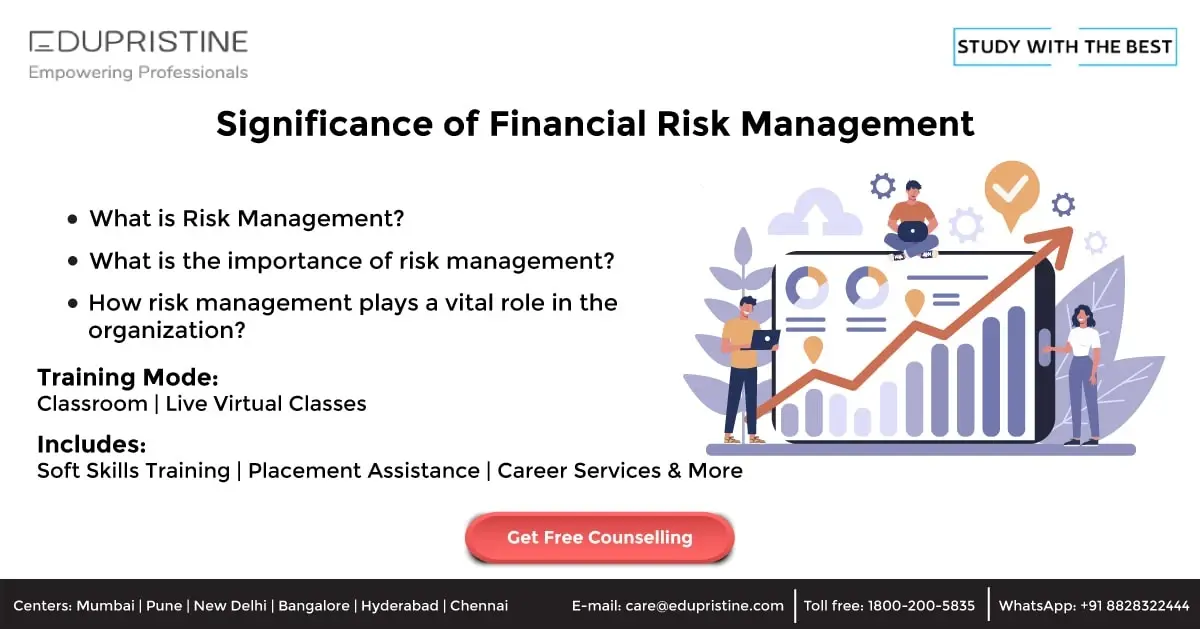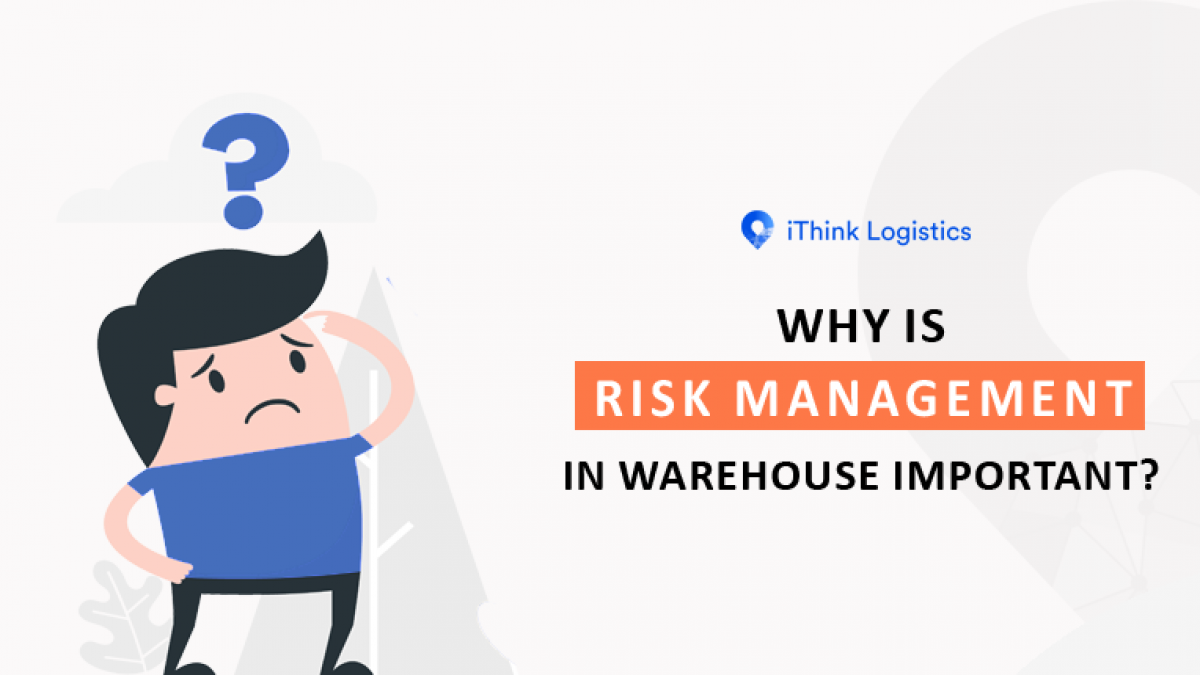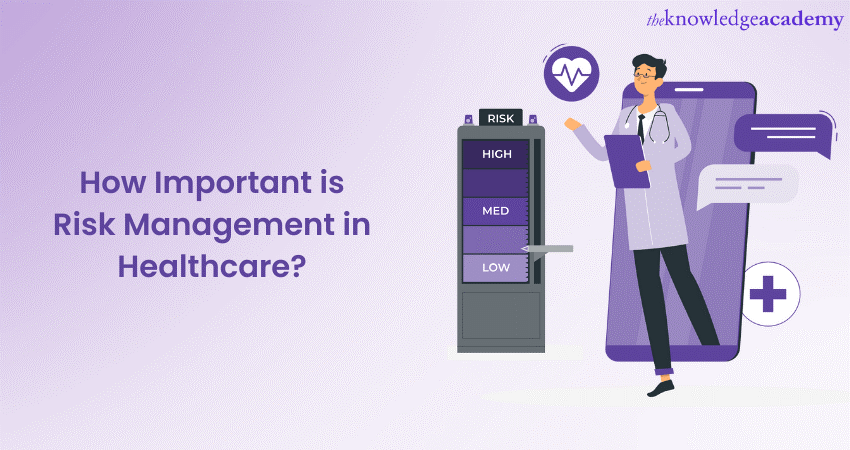Exploring the Increasing Importance of Risk Management in Organizational Strategy
Exploring the Increasing Importance of Risk Management in Organizational Strategy
Blog Article
Exploring the Relevance of Risk Management for Effective Decision-Making Techniques
In the intricate world of service, Risk Management arises as an essential element in the decision-making process. The ability to recognize potential dangers and possibilities, and plan as necessary, can lead to the distinction in between success and failure.
Recognizing the Idea of Risk Management
Risk Management, an important component in decision-making, is frequently misunderstood or oversimplified. Normally, it refers to the recognition, evaluation, and prioritization of risks to lessen, check, and control the chance or influence of unfavorable events. However, it's not merely about protecting against adverse outcomes, but also about acknowledging prospective opportunities. Risk Management involves organized and regimented techniques, using data and informative analyses. It requires a detailed understanding of the organization's context, objectives, and the potential risks that could thwart them. From monetary uncertainties, legal responsibilities, strategic Management mistakes, to crashes and natural calamities, it attends to numerous threats. Significantly, reliable Risk Management is not stagnant; it's a constant, forward-looking procedure that advances with changing situations.
The Duty of Risk Management in Decision-Making Processes
In the realm of tactical preparation and company operations, Risk Management plays an integral function in decision-making procedures. Risk Management thus becomes a vital device in decision-making, aiding leaders to make educated options based on a detailed understanding of the dangers involved. Risk Management offers as a vital part in the decision-making processes of any kind of organization.

Just How Risk Management Improves Strategic Preparation
In the context of critical preparation, Risk Management plays a crucial function. Starting with the identification of possible risks, it better encompasses the application of Risk reduction procedures. The function of Risk Management is vibrant but not fixed, as it requires constant surveillance and adjusting of approaches.
Determining Potential Threats

Implementing Risk Mitigation
Risk reduction techniques can vary from Risk evasion, Risk transfer, to run the risk of reduction. Each method must be tailored to the certain Risk, considering its possible effect and the company's Risk resistance. Effective Risk mitigation calls for a deep understanding of the Risk landscape and the possible impact of each Risk.
Monitoring and Readjusting Methods
Though Risk reduction is an essential step in tactical preparation, continuous tracking and adjustment of these methods is just as important. It likewise gives a chance to review the success of the Risk Management measures, enabling changes to be made where necessary, more boosting calculated planning. Monitoring and adjusting Risk Management strategies is a critical component for improving a company's durability and tactical preparation.
Situation Researches: Effective Risk Management and Decision-Making
In the world of company and finance, effective Risk Management and decision-making commonly work as the pillars of flourishing ventures. One such entity is a multinational oil company that mitigated financial loss by hedging versus changing oil costs. In one more instance, a technology startup thrived by determining and accepting high-risk, high-reward approaches in an unstable market. A global financial institution, encountered with governing unpredictabilities, effectively navigated the scenario with proactive Risk assessment and vibrant decision-making. These situations highlight the value of sharp Risk Management in decision-making processes. It is not the lack of Risk, but the Management of it, that usually differentiates effective business from not successful ones. These instances underscore the critical function of Risk Management in strategic decision-making. importance of risk management.
Tools and Methods for Effective Risk Management
Browsing the elaborate puzzle of Risk Management needs the best collection of devices and have a peek at these guys strategies. These tools, such as try these out Risk registers and warmth maps, help in identifying and examining possible risks. Methods consist of both quantitative techniques, like level of sensitivity evaluation, and qualitative methods, such as SWOT analysis. These aid in prioritizing risks based upon their possible impact and possibility. Risk feedback strategies, an essential part of Risk Management, include approving, staying clear of, transferring, or mitigating dangers. Surveillance and controlling risks, with normal audits and evaluations, make sure that the approaches continue to be reliable. With these tools and methods, decision-makers can browse the facility landscape of Risk Management, therefore promoting educated and reliable decision-making.
Future Fads in Risk Management and Decision-Making Strategies
As we explore the large landscape of Risk Management, it ends up being noticeable that the strategies and tools utilized today will certainly continue to develop. The idea of Risk society, where every participant of an organization is conscious and entailed in Risk Management, will get extra prominence. These patterns declare an even more inclusive and proactive approach towards Risk Management and decision-making.
Conclusion

Risk Management thus becomes a vital device in decision-making, assisting leaders to make educated choices based on a thorough understanding of the threats included. Risk reduction methods can range from Risk avoidance, Risk transfer, to run the risk of reduction (importance of risk management). Reliable Risk mitigation calls for a deep understanding of the Risk landscape and the potential influence of each Risk. Risk action techniques, a crucial component of Risk Management, include approving, staying clear of, moving, or mitigating risks. The principle of Risk society, where every member of an organization is mindful and included you can look here in Risk Management, will certainly get a lot more prominence
Report this page